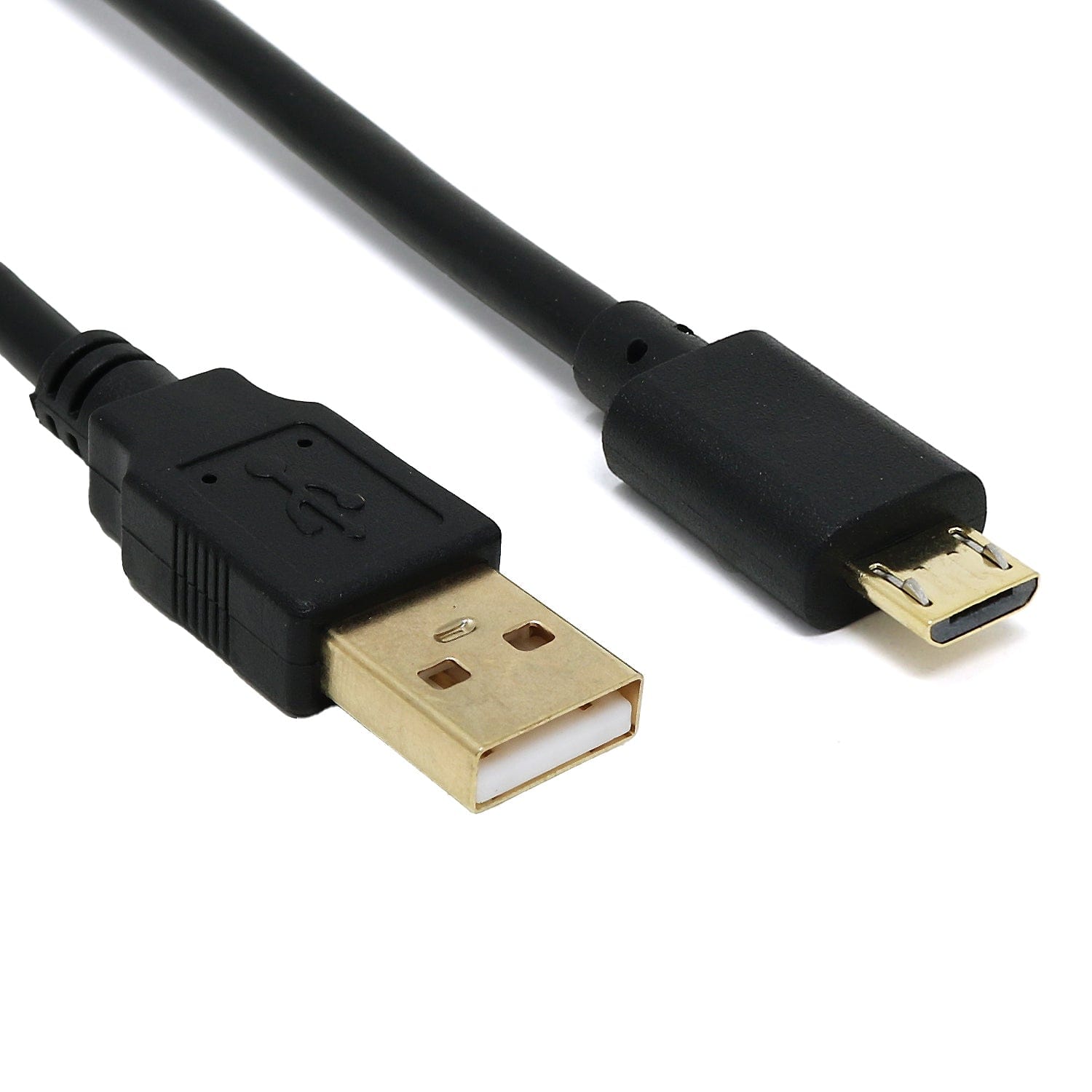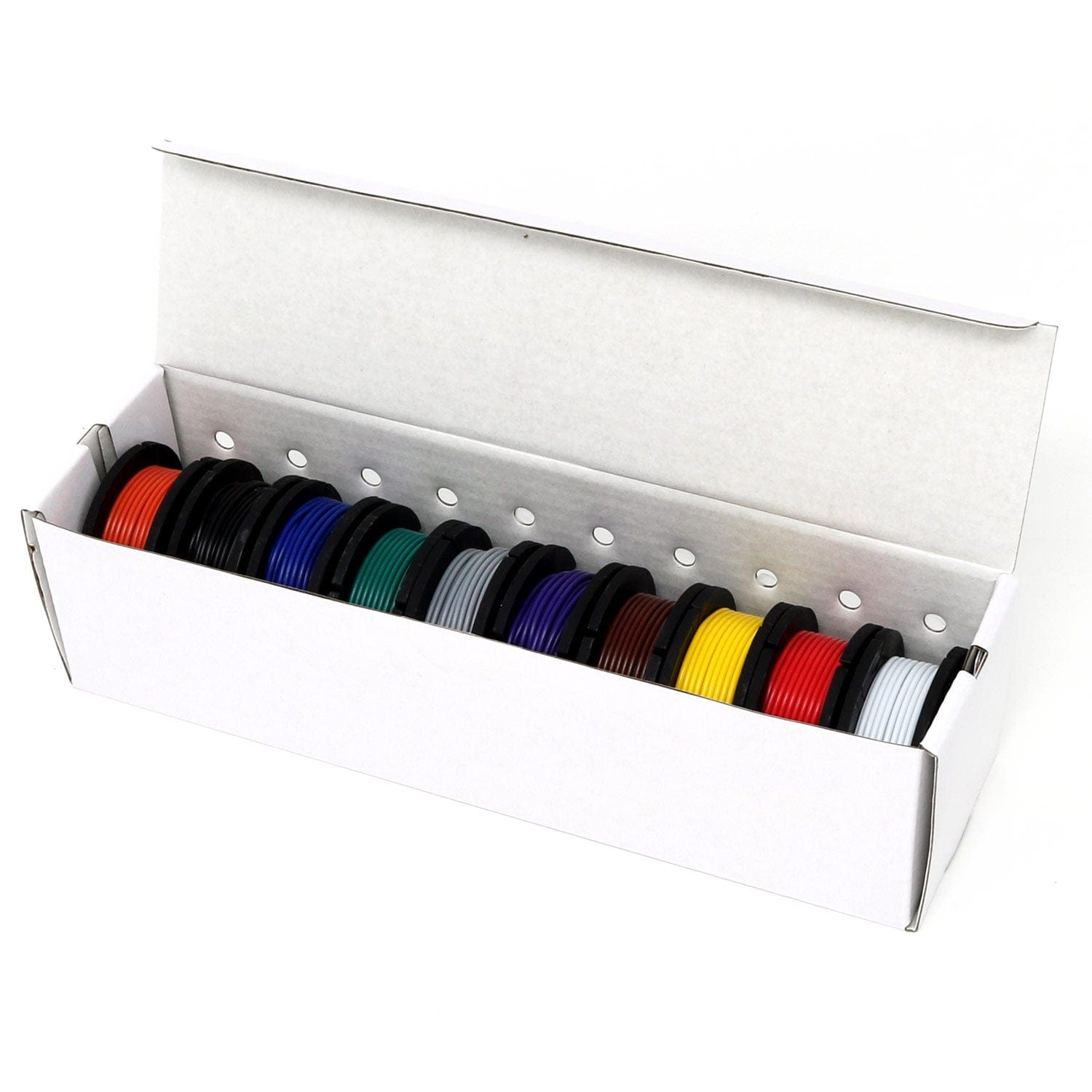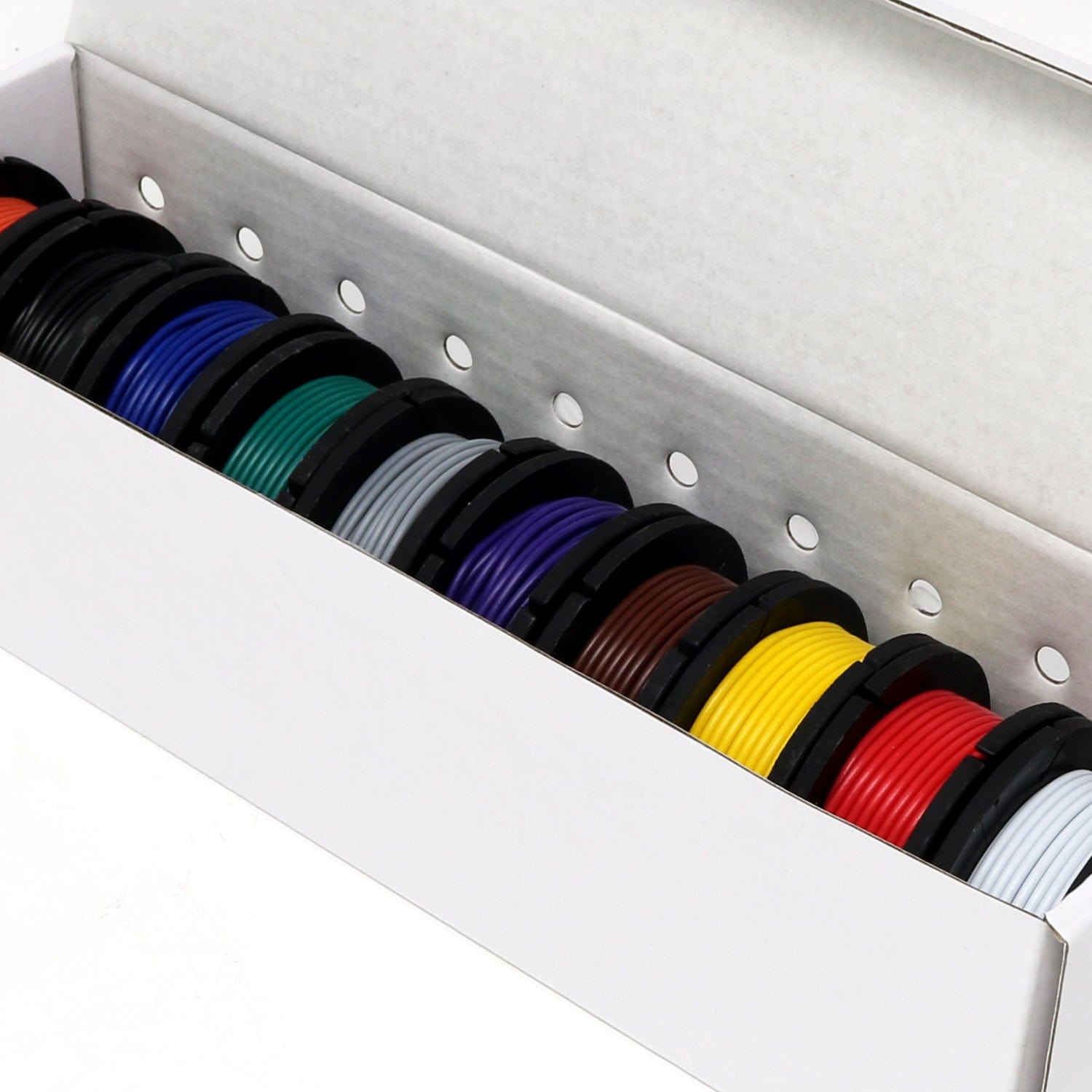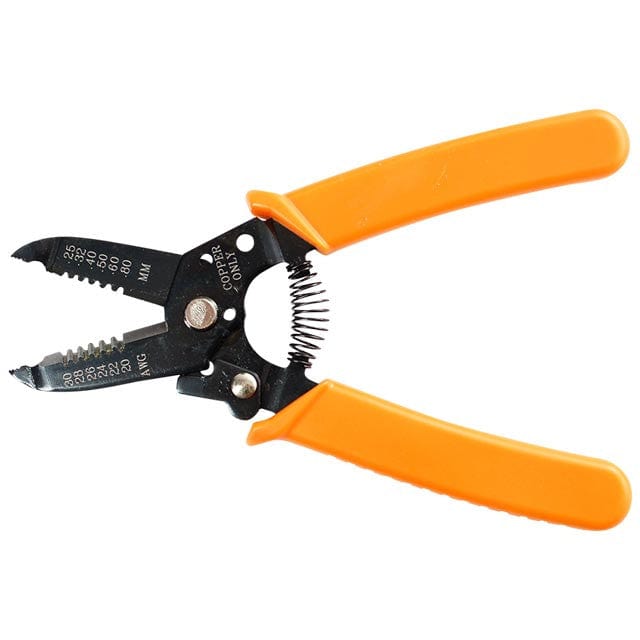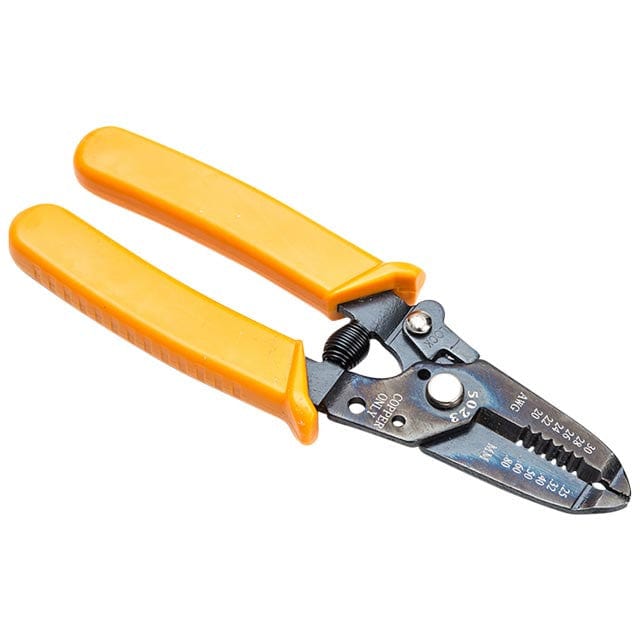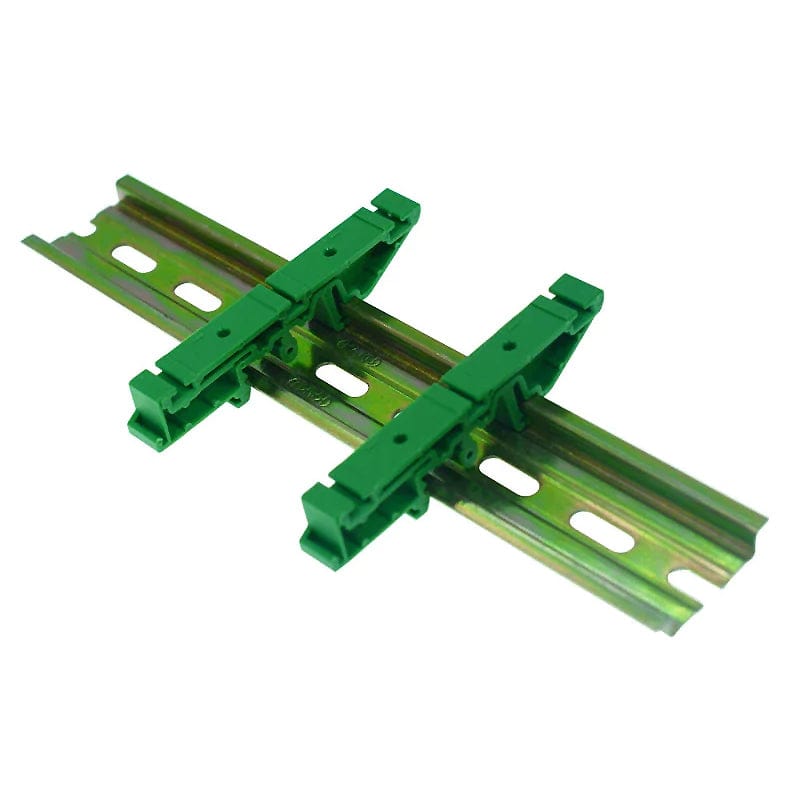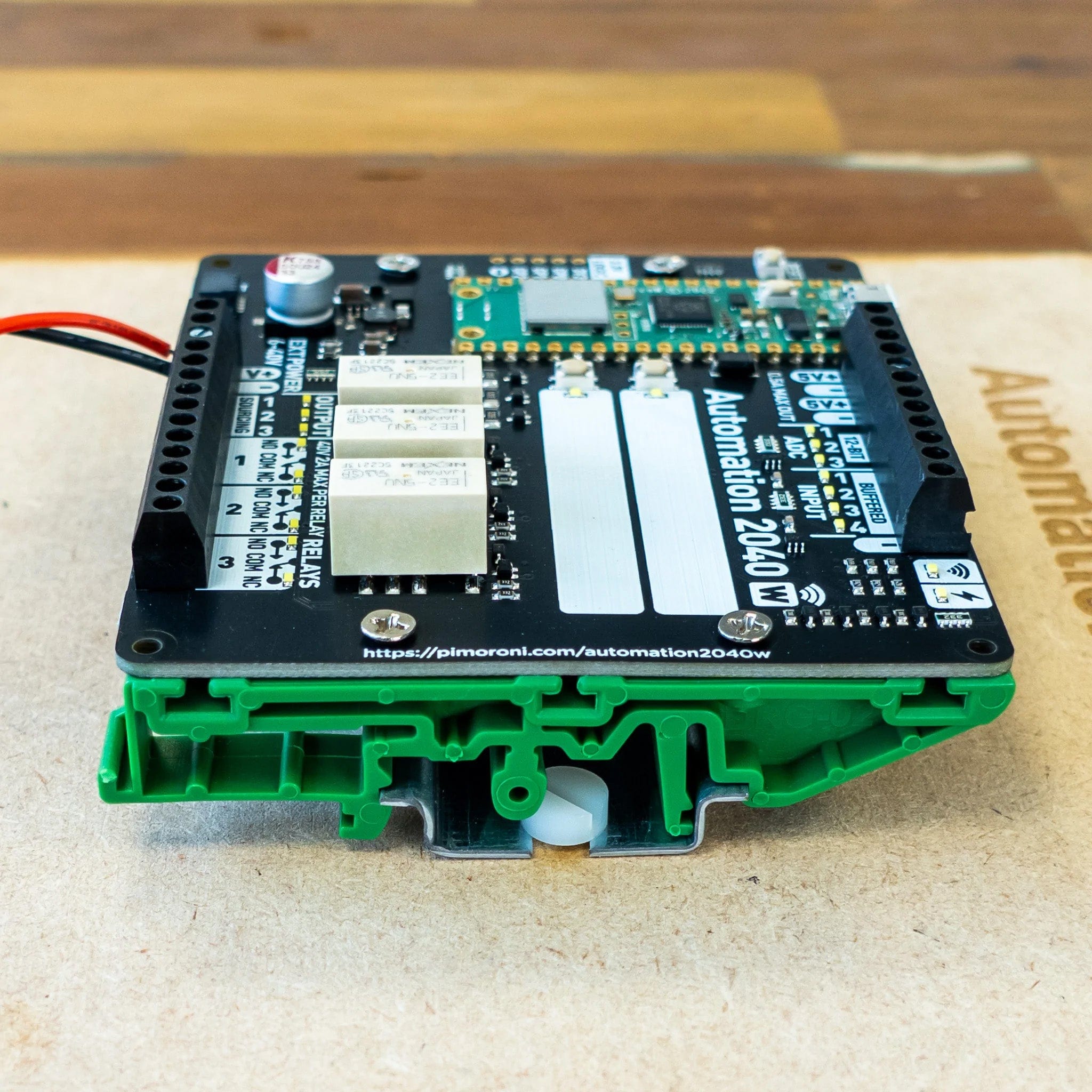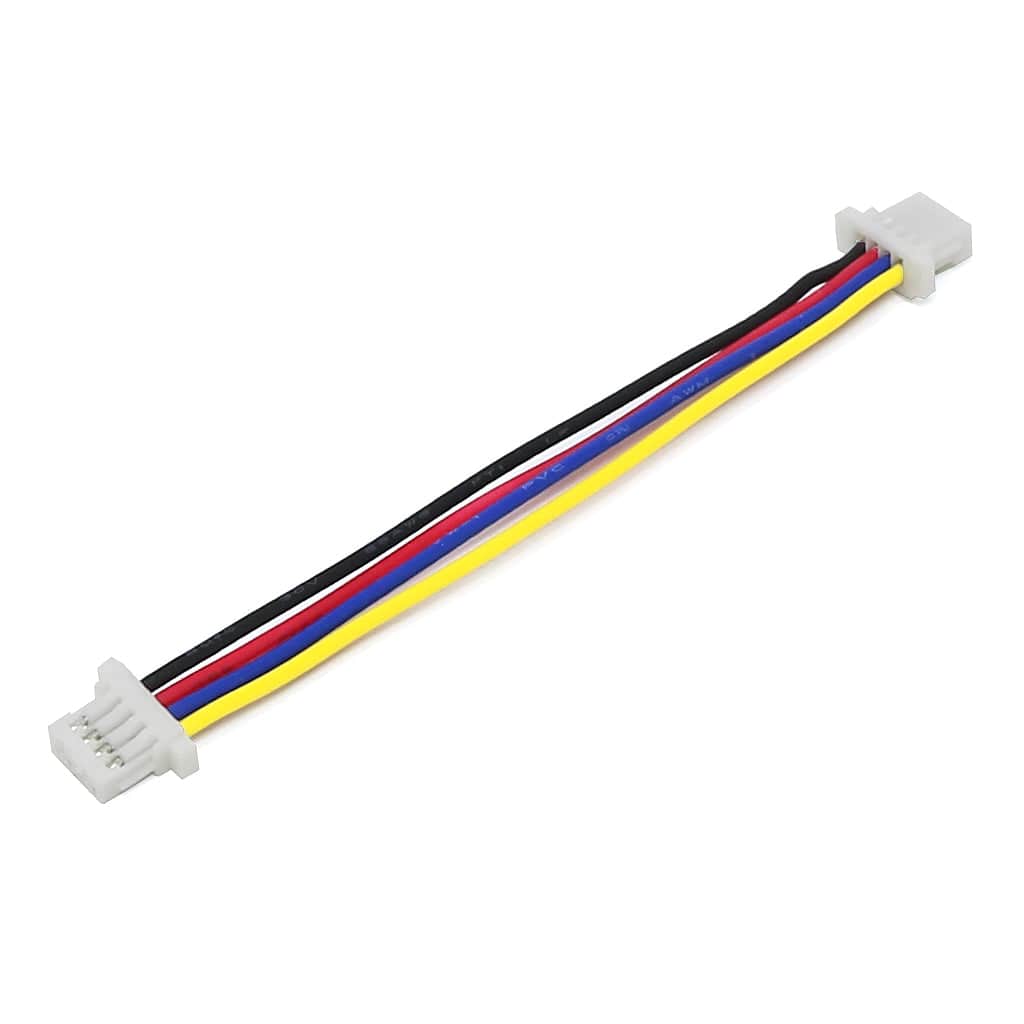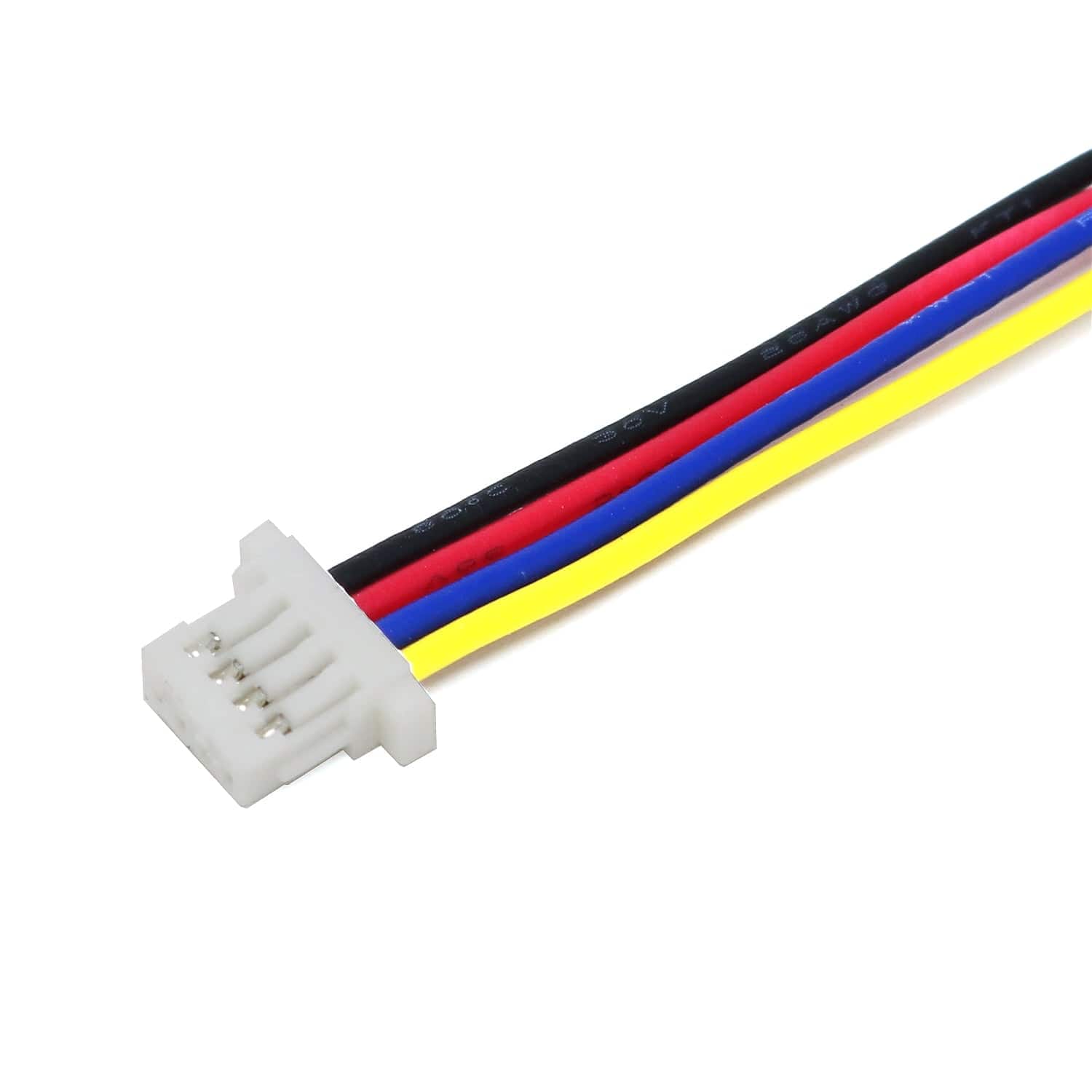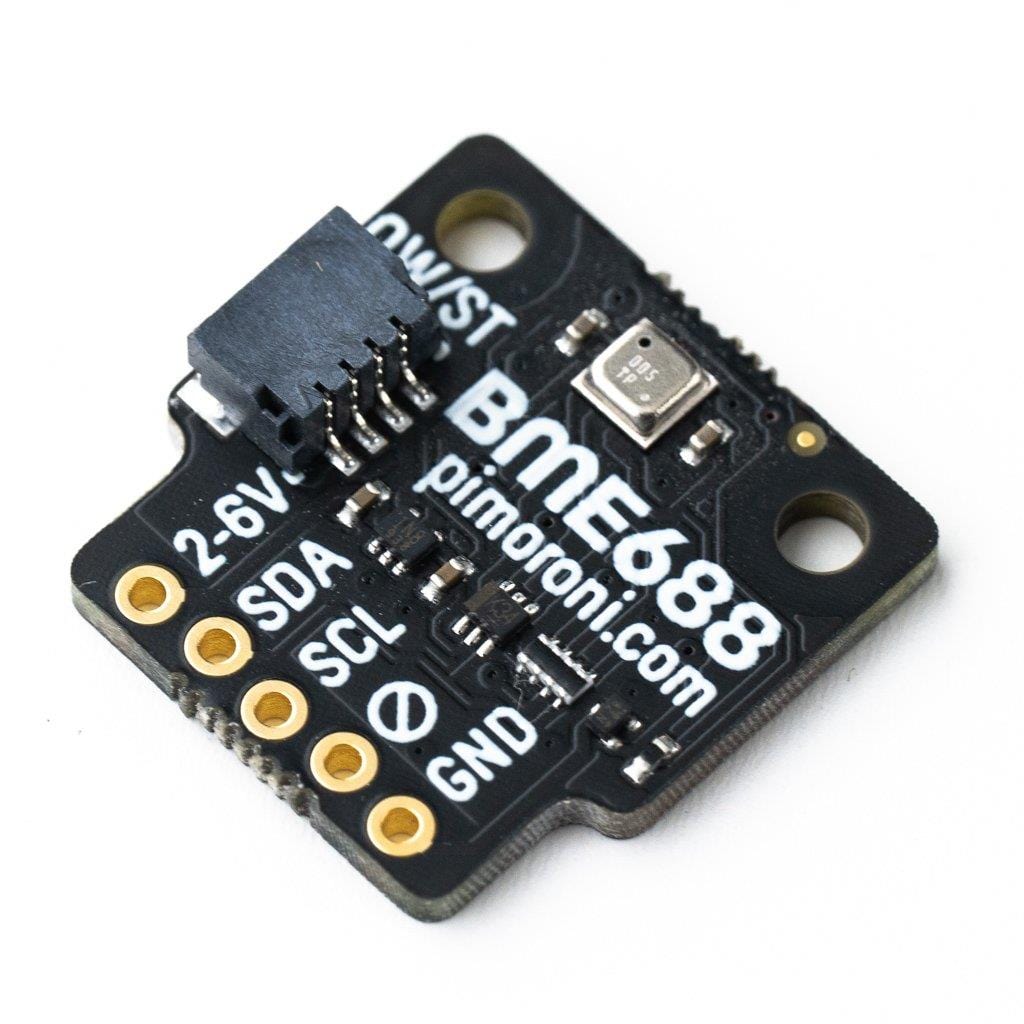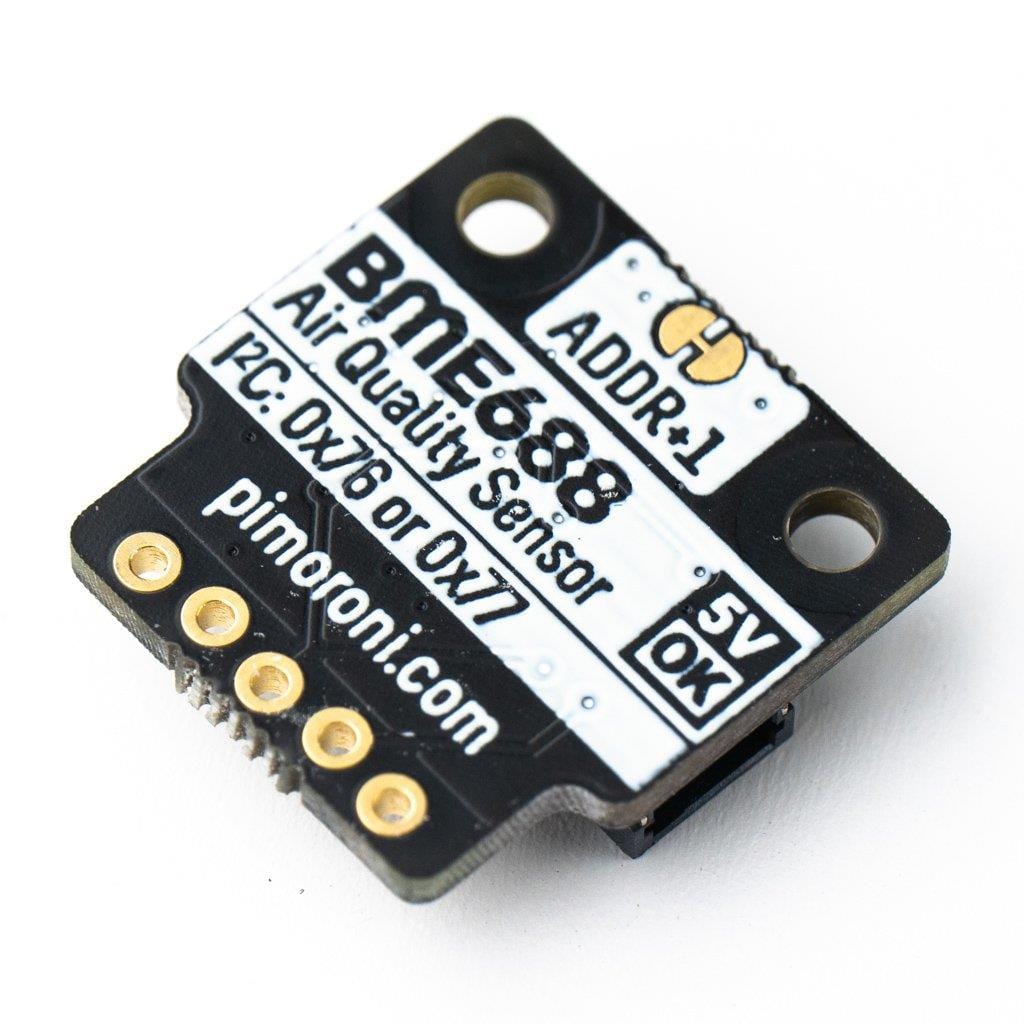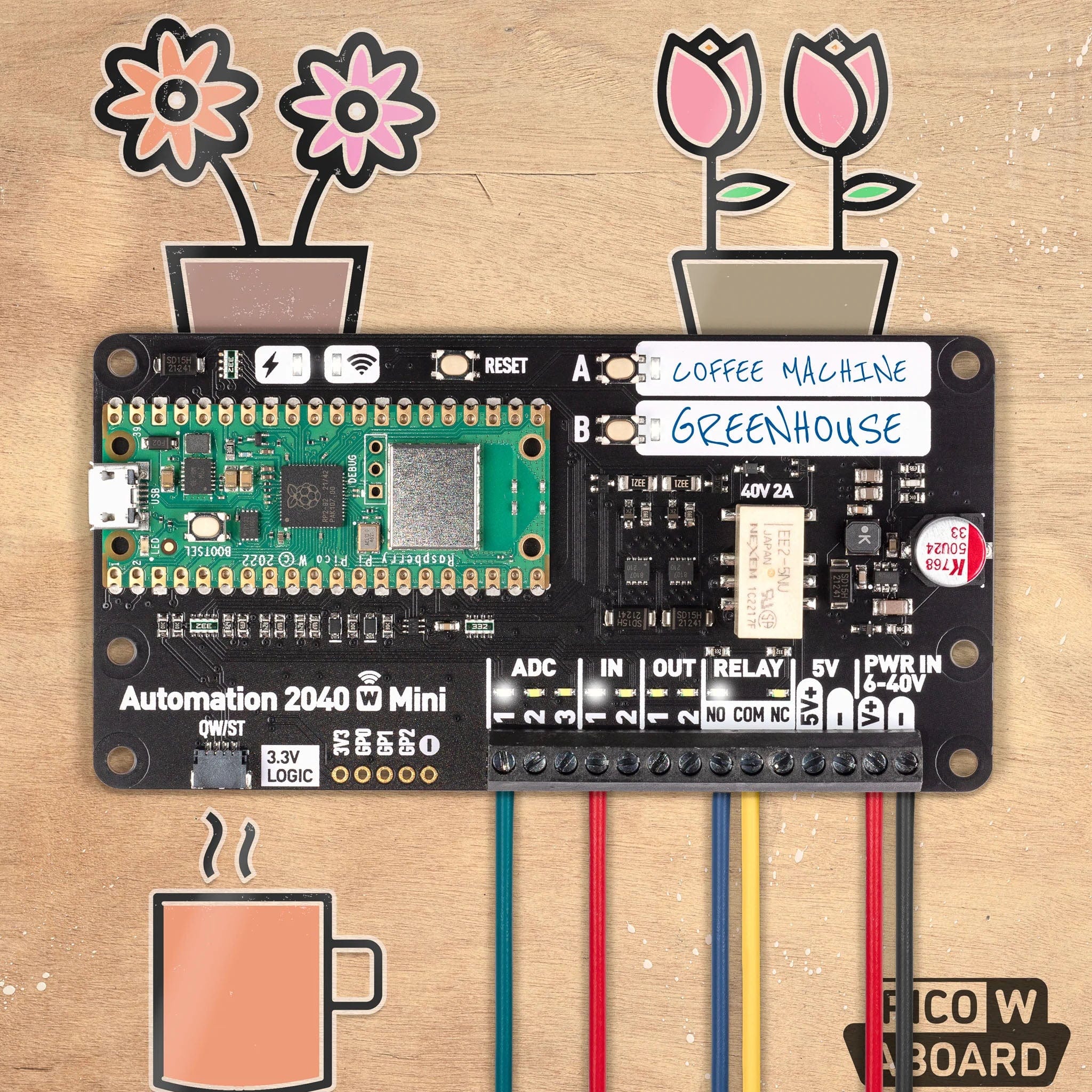
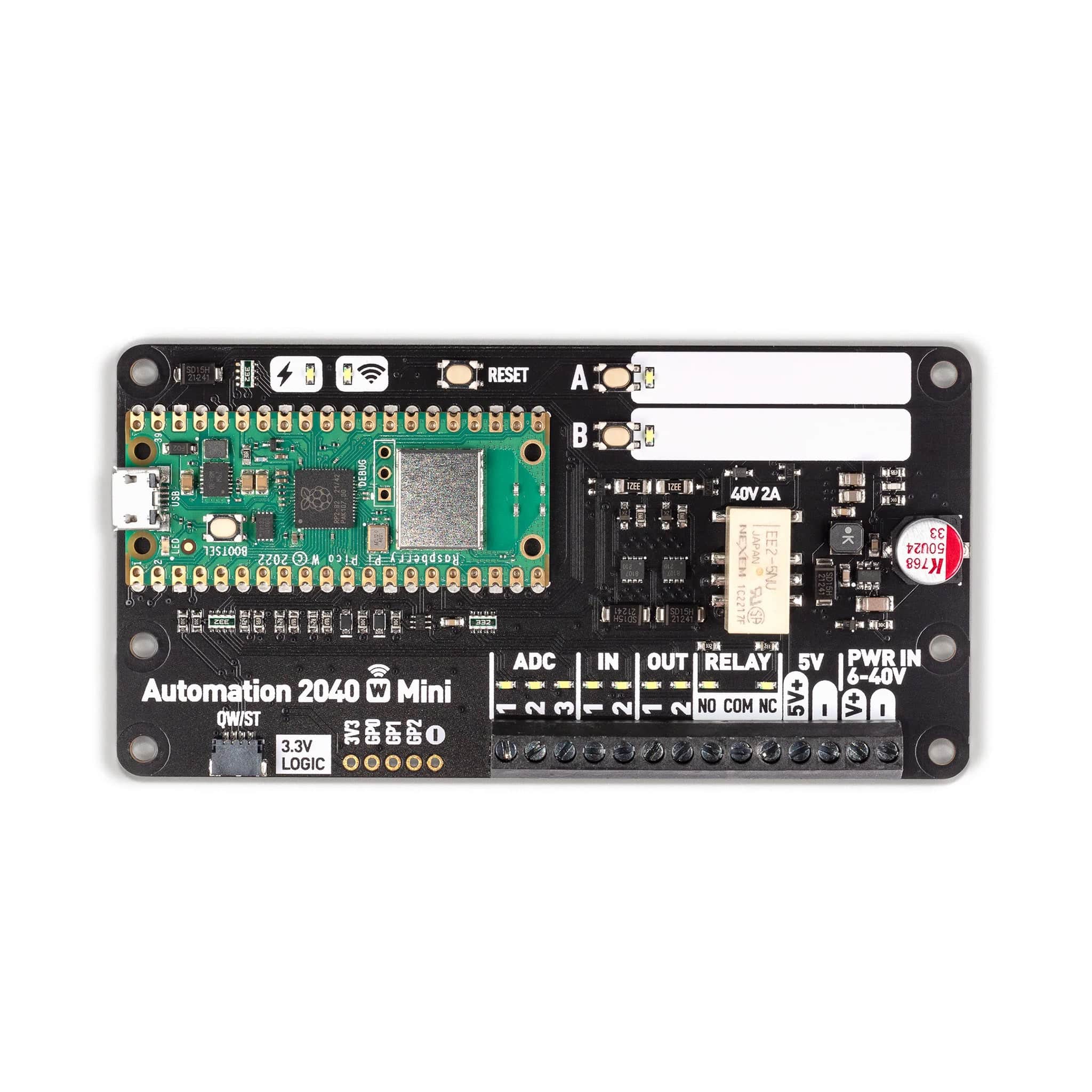
Login / Signup
Cart
Your cart is empty
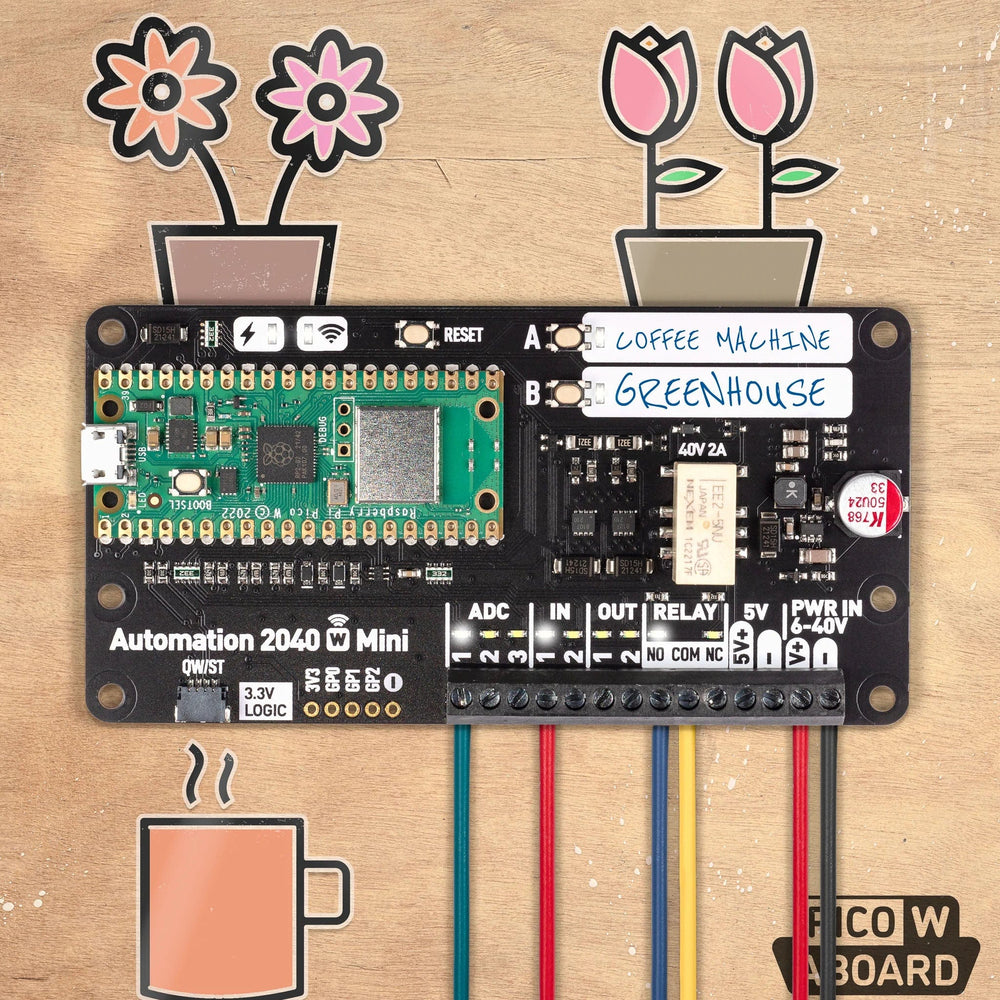
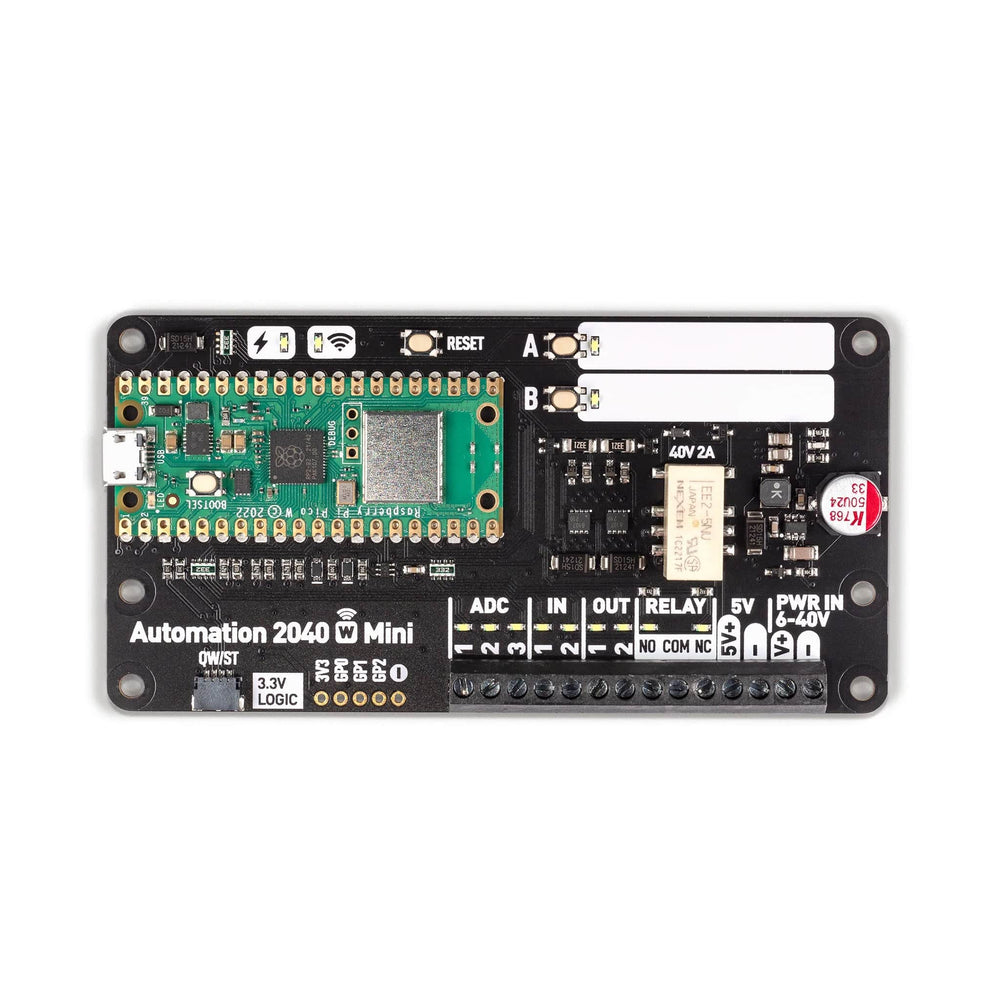
A slimline industrial/automation controller with 2.4GHz wireless, powered by Raspberry Pi Pico W. Compatible with 6V to 40V systems.
Automation 2040 W Mini is a compact Pico W / RP2040 powered monitoring and automation board. It has a host of useful features for controlling other bits of electronic and industrial kit - analog channels, powered outputs, buffered inputs and a relay. Perfect for controlling fans, pumps, solenoids, chunky motors, electronic locks or static LED lighting (up to 40V).
All the channels (and the buttons) have an associated indicator LED so you can see at a glance what's happening with your setup, or test your programs without having hardware connected. We've even left some space for labelling whatever you've got connected up, be it a hidden trap door for surprising your enemies, a coffee machine with an associated API, or a mechanism for dispensing tasty treats to your pets (or family) remotely.
Our C++/MicroPython libraries provide a straightforward way to interface with the functions on this board. You'll get the best performance using C++, but if you're a beginner we'd recommend using our batteries-included MicroPython build for ease of getting started.
Check out our Getting Started tutorial for a walkthrough of Automation features and functions and how to program it using MicroPython.
The Qw/ST connector on Automation 2040 W Mini makes it super easy to connect up I2C Qwiic or STEMMA QT breakouts. If your breakout has a QW/ST connector on board, you can plug it straight in with a JST-SH to JST-SH cable.
Breakout Garden breakouts that don't have a Qw/ST connector can be connected using a JST-SH to JST-SH cable plus a Qw/ST to Breakout Garden adaptor. Want to use multiple breakouts at the same time? Try this adaptor!
Our new Pico W Aboard products come with a built-in Raspberry Pi Pico W. This means you get all the advantages of an RP2040 microcontroller - a speedy fast dual-core ARM processor, a dynamic, growing ecosystem and a choice of different programming methods to experiment with. Most excitingly though, Pico W has wireless connectivity, so your Pico/RP2040 devices can communicate with each other, and the internet!
Wireless is very new to Pico/RP2040 - be aware that things will move fast and change! Software support (wireless examples, tutorials, CircuitPython support etc) will take a little while to catch up. If you're an absolute beginner to Pico/RP2040, you might have a better experience with wireless if you wait until everything is a little more settled.



